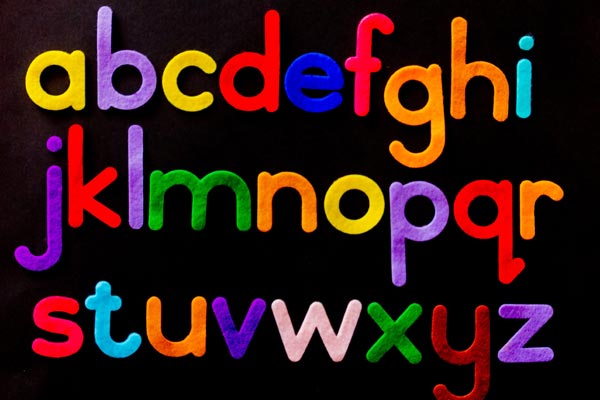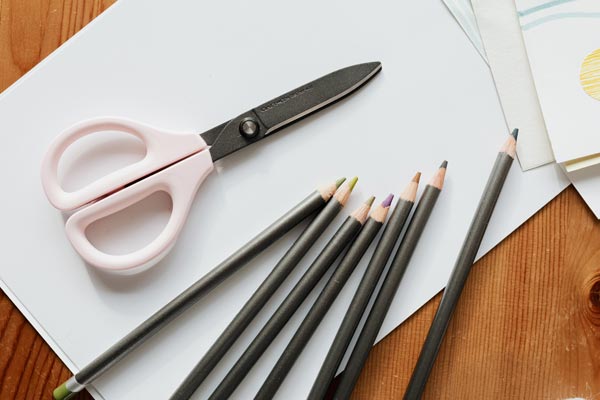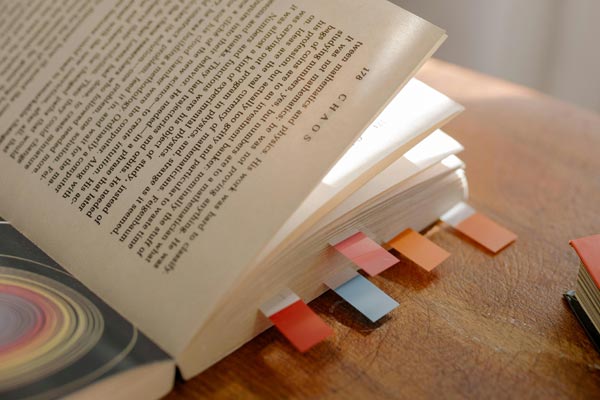2022年全国乙卷
阅读下面短文,从短文后各题所给的A、B、C和D四个选项中,选出可以填入空白处的最佳选项。
16. Young children across the globe enjoy playing games of hide and seek. For them, there's something highly exciting about 41 someone else's glance and making oneself unable to be seen.
However, we all witness that preschool children are remarkably 42 at hiding. They often cover only their eyes with their hands, leaving the rest of their bodies 43 .
For a long time, this ineffective hiding method was 44 as evidence that children are hopelessly "egocentric"(自我中心的) creatures. But our 45 research results in child developmental psychology 46 that idea.
We brought young children aged 2-4 into our Minds in Development Lab at USC. Each 47 sat down with an adult who covered her own eyes or 48 . We then asked the child if she could 49 or hear the adult. Surprisingly, children replied that they couldn't. The same 50 happened when the adult covered her own mouth: 51 children said that they couldn't 52 to her.
A number of 53 ruled out that the children misunderstood what they were being asked. The results were clear: Our young subjects 54 the questions and knew 55 what was asked of them. Their 56 to the questions reflected their true 57 that "I can see you only if you can see me, too." They simply 58 mutual(相互的) recognition and regard. Our 59 suggest when a child "hides" by putting a blanket over her head, it is not a result of egocentrism. In fact, children consider this method 60 when others use it.
41.A.following B.taking C.escaping D.directing
42.A.clever B.bad C.scared D.quick
43.A.exposed B.examined C.untouched D.imbalanced
44.A.supported B.guaranteed C.imagined D.interpreted
45.A.disappointing B.mixed C.surprising D.desired
46.A.explained B.confirmed C.contradicted D.tested
47.A.parent B.child C.researcher D.doctor
48.A.feet B.nose C.hands D.ears
49.A.see B.help C.reach D.fool
50.A.event B.thing C.action D.accident
51.A.Yet B.Now C.Soon D.Once
52.A.speak B.listen C.turn D.wave
53.A.instructions B.descriptions C.experiments D.assumptions
54.A.comprehended B.predicted C.explored D.ignored
55.A.partly B.honestly C.vaguely D.exactly
56.A.responses B.approaches C.contribution D.sensitivity
57.A.ability B.belief C.identity D.purpose
58.A.hold back B.relate to C.insist on D.make up
59.A.limitations B.requirements C.theories D.findings
60.A.tentative B.impressive C.creative D.effective
答案解析:
41. C。根据句意,孩子们喜欢的是逃避别人的视线,使自己不被看见。选项C "escaping"(逃避)符合语境。
42. B。根据下文提到的孩子们通常只用手遮住眼睛,留下身体其他部分暴露在外,可以推断孩子们并不擅长躲藏。选项B "bad"(糟糕的)符合语境。
43. A。根据上文的"only their eyes with their hands"可知,孩子们的身体其他部分是暴露在外的。选项A "exposed"(暴露的)符合语境。
44. D。根据句意,这种无效的躲藏方法被解释为孩子无可救药地以自我为中心的证据。选项D "interpreted"(解释)符合语境。
45. C。根据下文的研究结果与之前的观点相反,可以推断研究结果应该是令人惊讶的。选项C "surprising"(令人惊讶的)符合语境。
46. C。根据句意,我们的研究结果与之前的观点相反。选项C "contradicted"(与...相矛盾)符合语境。
47. B。根据实验的描述,每个孩子都和一名成人坐在一起。选项B "child"(孩子)符合语境。
48. D。根据实验的描述,成人遮住了自己的眼睛或耳朵。选项D "ears"(耳朵)符合语境。
49. A。根据句意,我们问孩子是否能看到或听到成人。选项A "see"(看见)符合语境。
50. B。根据句意,同样的事情发生在成人遮住嘴巴的时候。选项B "thing"(事情、情况)符合语境。
51. B。根据句意,尽管成人遮住了嘴巴,现在孩子们说她不能说话了。选项B "Now"(现在)符合语境。
52. A。根据句意,孩子们说他们不能对遮住嘴巴的成人说话。选项A "speak"(说话)符合语境。
53. C。根据句意,一系列的实验排除了孩子们误解了他们被问的问题的可能性。选项C "experiments"(实验)符合语境。
54. A。根据句意,我们的年轻实验对象理解了问题。选项A "comprehended"(理解)符合语境。
55. D。根据句意,他们的回答反映了他们真正相信的是“只有当你能看见我时,我才能看见你”。选项D "exactly"(确切地)符合语境。
56. A。根据句意,孩子们对问题的回答反映了他们的真实信念。选项A "responses"(回答)符合语境。
57. B。根据句意,孩子们的回答反映了他们的真实信念。选项B "belief"(信念)符合语境。
58. C。根据句意,孩子们坚持相互认可和尊重。选项C "insist on"(坚持)符合语境。
59. D。根据句意,我们的研究发现表明,当孩子用毯子遮住头“躲藏”时,这并不是自我中心的结果。选项D "findings"(发现)符合语境。
60. D。根据句意,孩子们认为当别人使用这种方法时是有效的。选项D "effective"(有效的)符合语境。








